Training, stamina and a lot of passion for cycling. For over 50 years, the Nove Colli di Cesenatico (Nine Hills of Cesenatico) bike race has gathered cyclists from all over the world to the gentle landscape of the Romagna Apennines, well-known for its close connection with this type of sport.
Those who took part in the Nove Colli in the past know that the effort gradually gives way to the satisfaction of crossing the finish line of one of the best known and most popular races in Italy, taking place in the land of the famous Marco Pantani.
What is the history of the Gran Fondo Nove Colli then, and what is its route? Let’s get on our bikes and go find out!
A story that has become legend
Irony of fate has it that the race, famous for its climbs over the hills of Romagna, was born at sea level. In 1971 a group of cyclists met at dawn at the Bar del Corso, in the historic Canal Port in Cesenatico, to set off for the hinterland. That was the very first edition of the Nove Colli bicycle race.
It is no coincidence that the origins of the race are rooted in that very bar. Only a few years earlier, a circle of cycling enthusiasts had gathered in the bar to found the Fausto Coppi Cycling Society, effectively starting the cycling activity that would soon lead to the birth of Nove Colli.
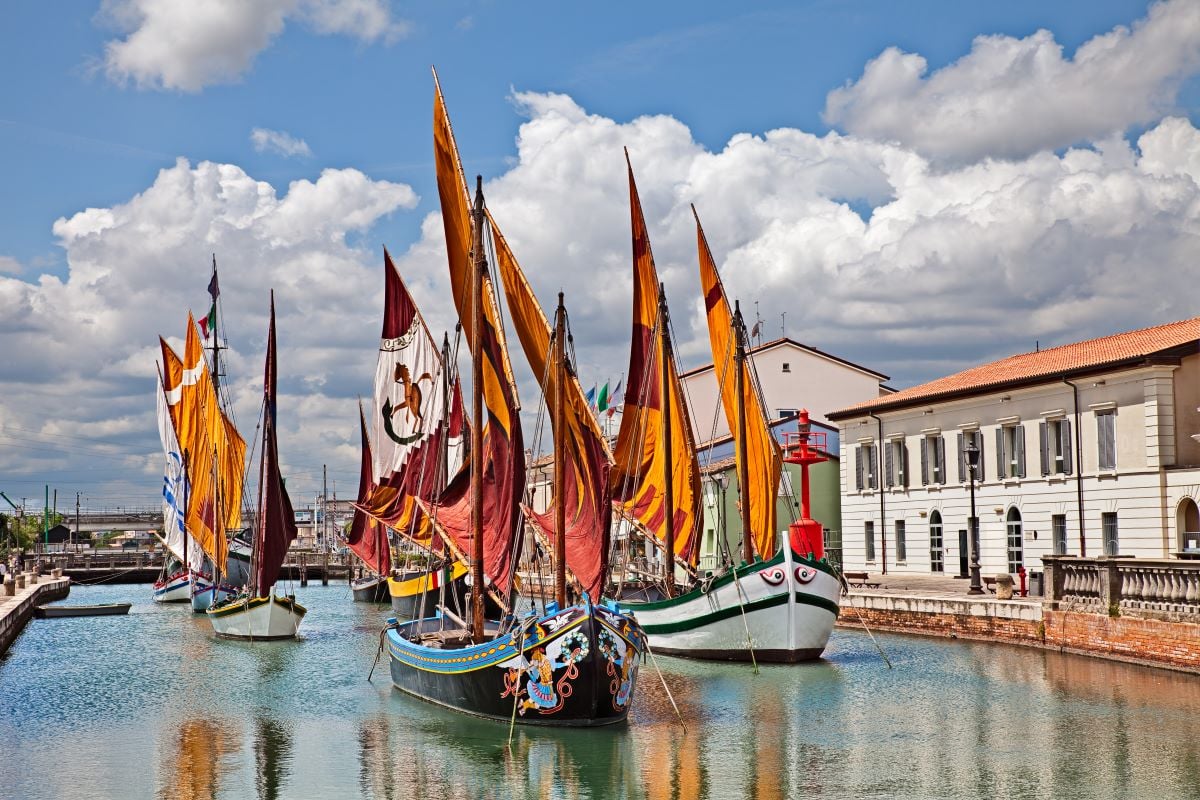
From just 17 participants in that very first edition, in recent years registrations have skyrocketed to 12,000, testifying to the growing success of the event. Its national appeal reached its peak in 2020, when a stage of the prestigious Giro d’Italia was held right on the very route of the Nove Colli.
While the number of participants has increased exponentially over time, the route of the Gran Fondo has always remained true to the name it bears. Nine are the hills and climbs that cyclists must tackle during the race that starts and returns to the sea.
Nove Colli: the route
The Nove Colli is not just any cycling event, but a Gran Fondo (sometimes translated to “Big Ride”). The characteristic feature of this type of race is the long distance, a feature that fully reflects the nature of the Cesenatico race. Its best-known route is almost 124 miles long!
But it is not the only one that cyclists can choose when registering for the race. There are mainly two alternatives: the longer and more demanding route is 120-mile long, with an altitude difference of 2,41 miles. The maximum height faced along the route is 0,49 miles, while the total uphill miles are as many as 44.
This is the route that gives the race its name. Pedalling uphill, the cyclists climb the famous nine hills, set in the provinces of Forlì-Cesena and Rimini (namely the Polenta, Pieve di Rivoschio, Ciola, Barbotto, Montetiffi, Perticara, Monte Pugliano, Passo delle Siepi and Sogliano hills).
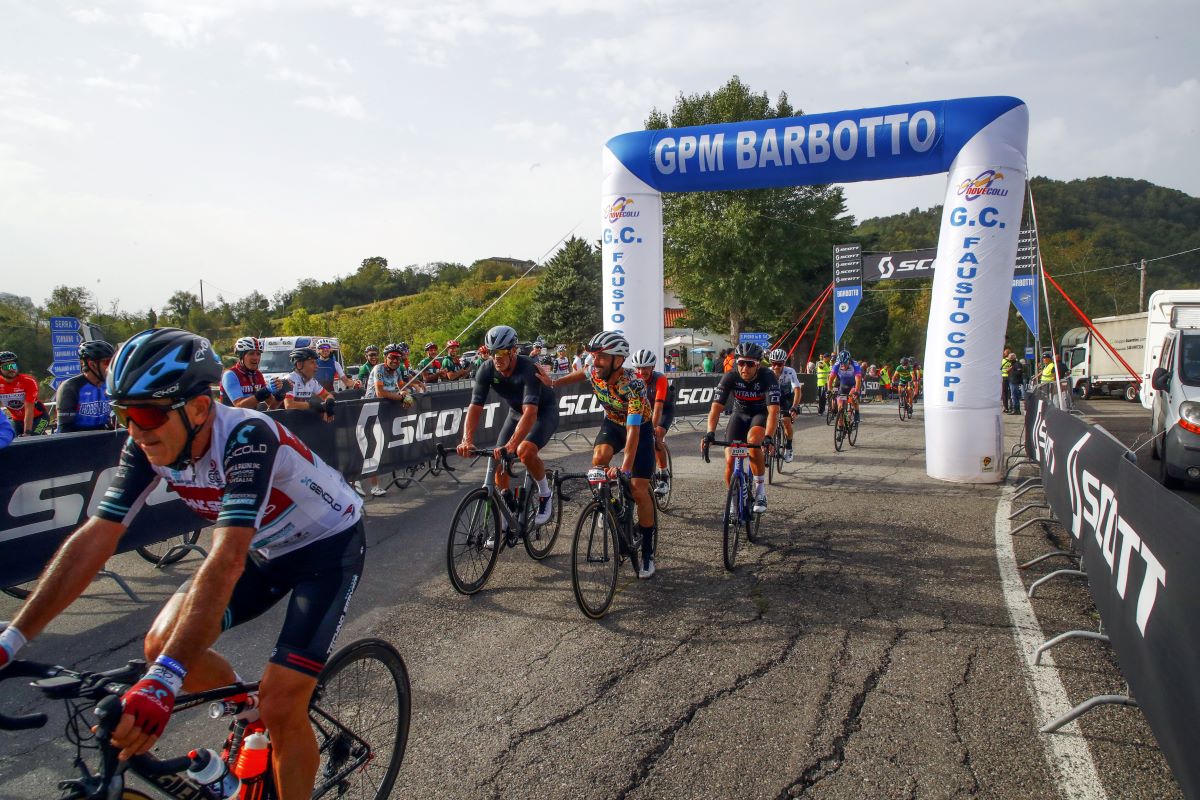
This area offers spectacular views and is dotted with lovely hamlets such as Bertinoro, Mercato Saraceno and San Leo, to name but a few.
Although shorter, the latter Nove Colli route still requires a good level of training. We are talking about 80 miles with a total height difference of 1,16 miles, 31 miles of climbing and a maximum height of 0,33 miles. While this route only includes four hills, the starting and finishing point are the same as the ones of the former route. i.e. the Colonia Agip in Cesenatico.
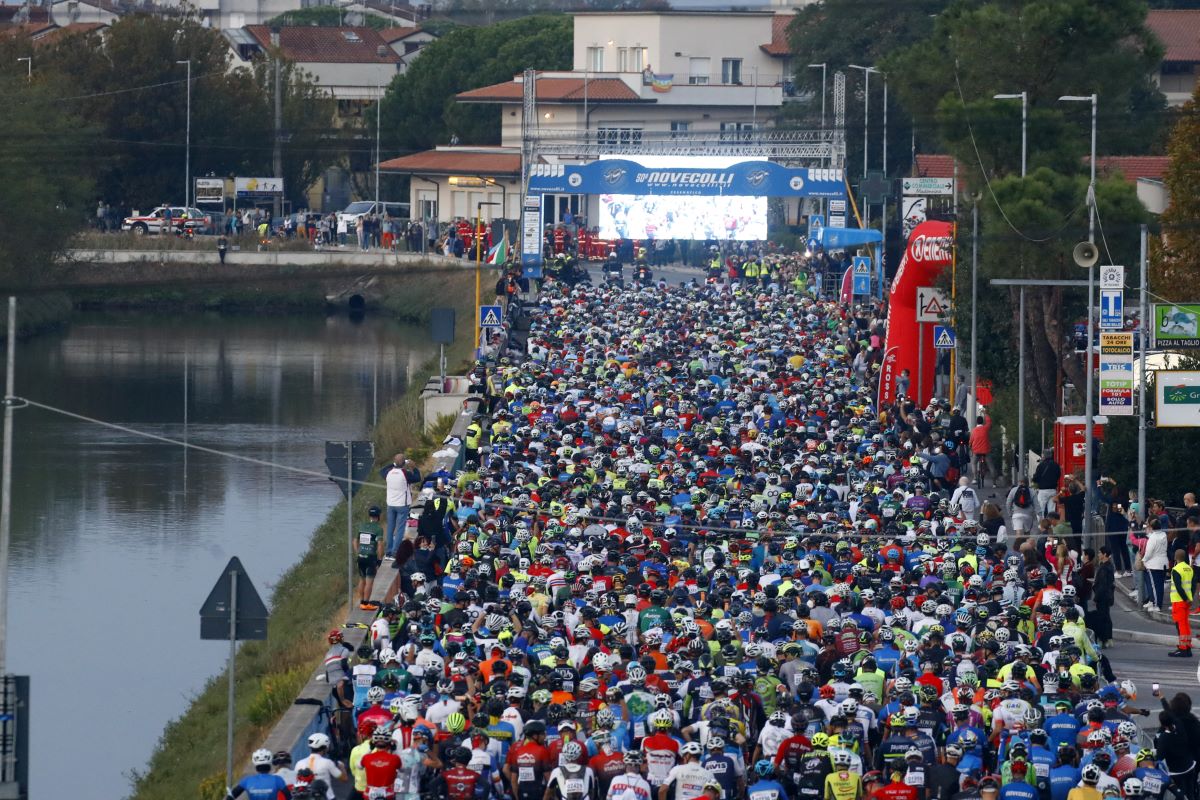
Over the years, further races have been added to the Nove Colli, turning the race into one of the most complete cycling events in Emilia-Romagna: an even shorter 37-mile route and the Nove Colli Running ultramarathon.
Author

Maria Grazia Masotti
An eternal dreamer, but I try to stay grounded. I was raised in the countryside but I love big cities. I’m always ready for a trip, as long as it’s sustainable.
You may also like
by Elisa Mazzini ///

Interested in our newsletter?
Every first of the month, an email (in Italian) with selected contents and upcoming events.
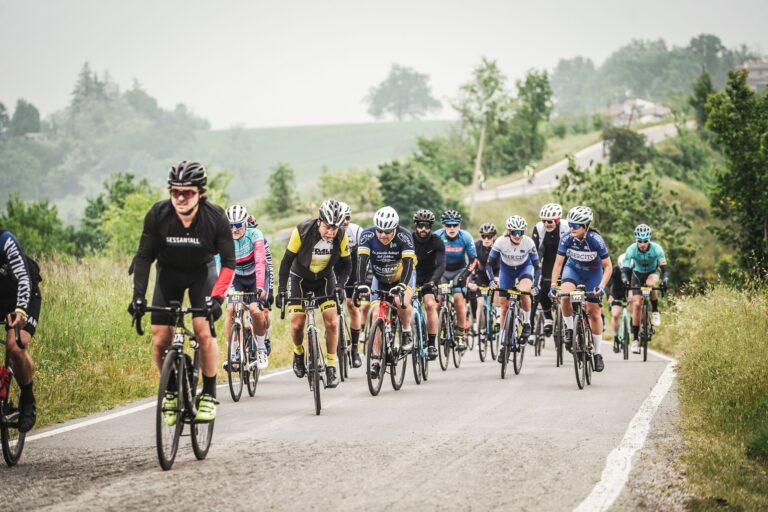
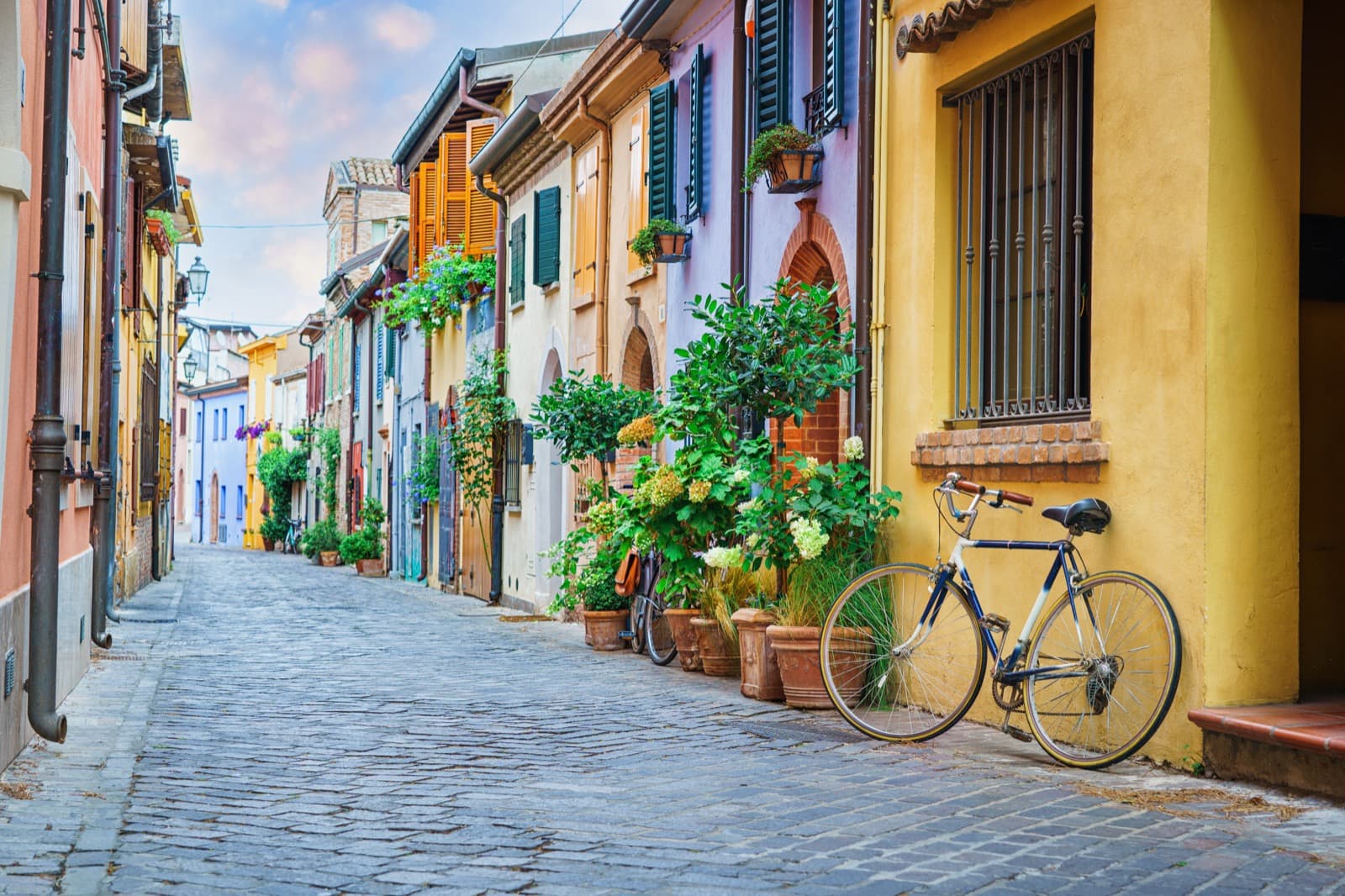
![[Parlami di tER] Il Porto Canale di Cesenatico in traghetto: una piccola ed emozionante esperienza](https://www.travelemiliaromagna.it/wp-content/uploads/2021/06/Cesenatico-FC-traghetto-porto-canale-ph.-Daniele-dei.com-CC-BY-NC-SA-4.0-768x576.jpg)